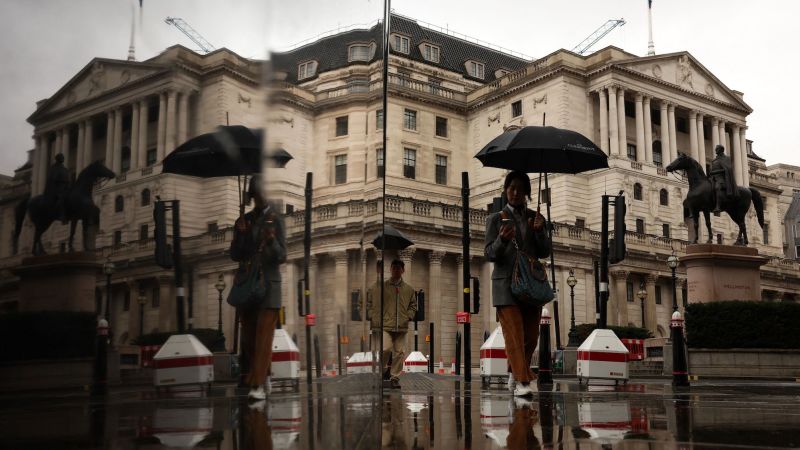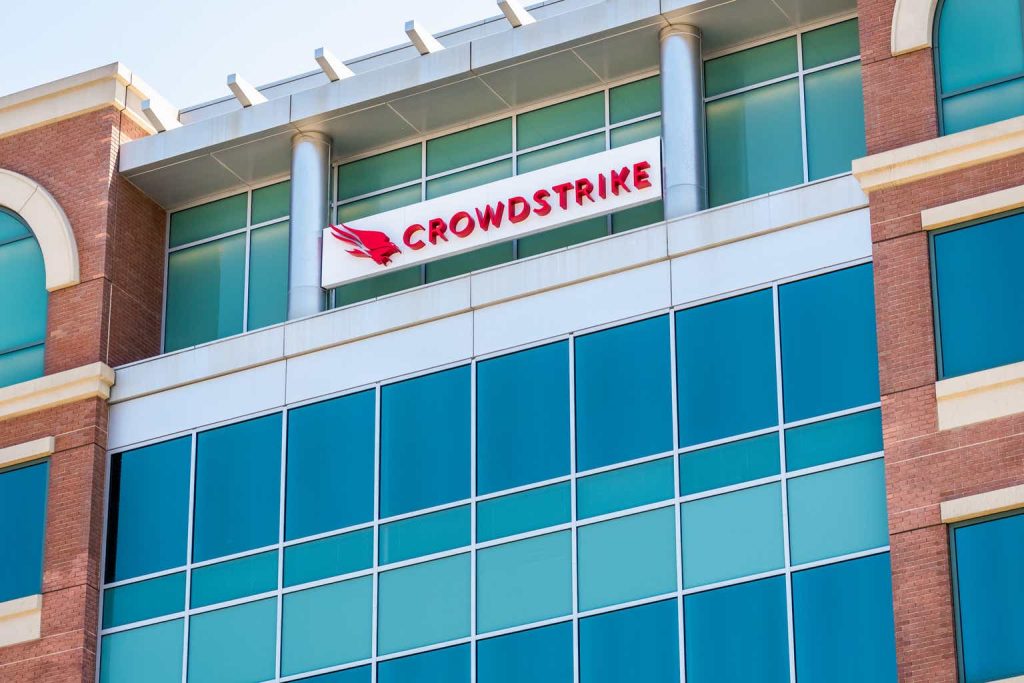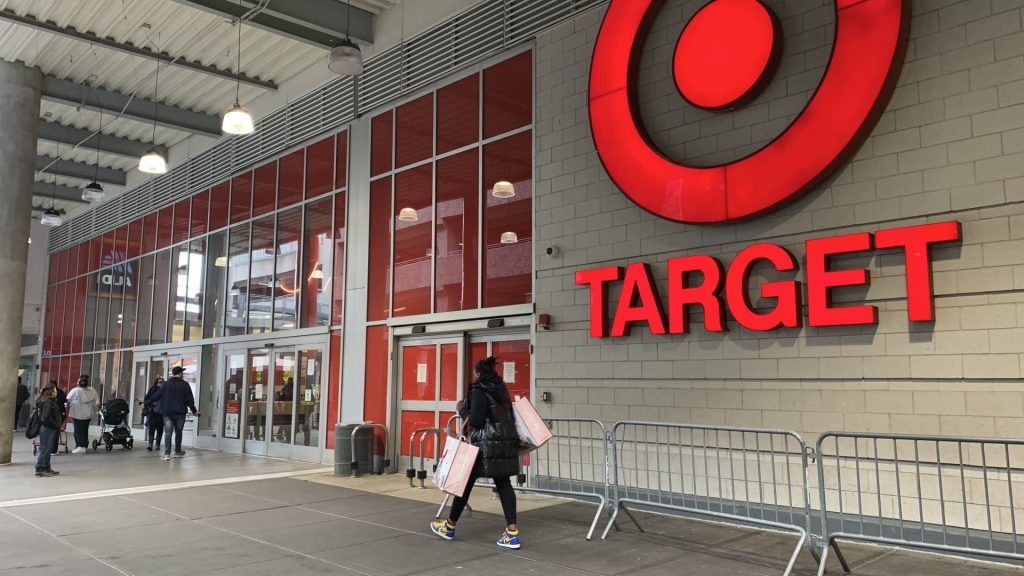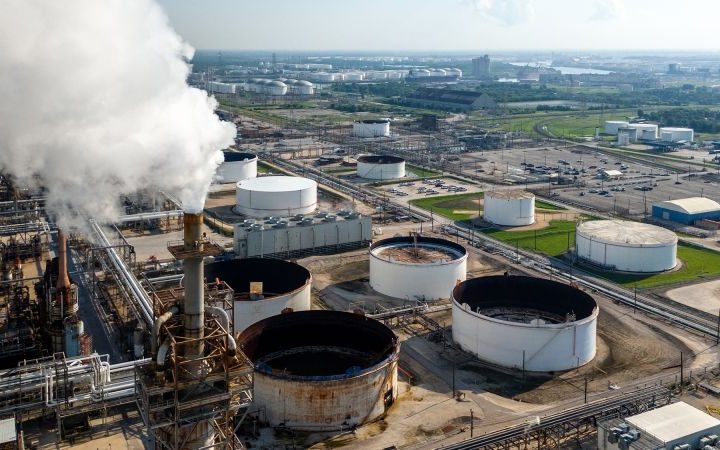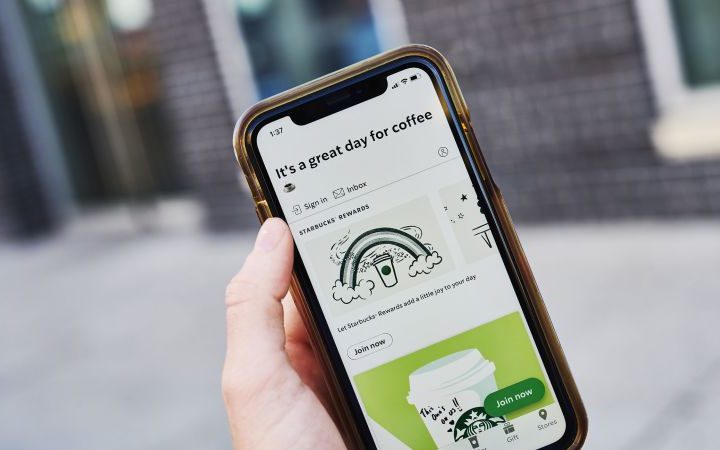UK inflation plunged to its lowest level in two years in October, allowing Prime Minister Rishi Sunak to declare victory on his pledge to halve the rate of price increases this year.
But a chorus of commentators say businesses and households still face “worryingly” high bills and a sluggish economy, and Sunak’s other big promise — to generate growth — remains a distant prospect.
Consumer prices rose 4.6% last month compared with a year ago, down sharply from 6.7% in September, the Office for National Statistics (ONS) said Wednesday. The slowdown was largely driven by a steep drop in household energy bills, reflecting lower wholesale prices for natural gas.
A slower increase in food prices also helped. Food inflation eased to its lowest level in more than a year, coming in at 10.1% in October.
“We have halved inflation, meeting the priority I set out in January,” Sunak wrote in a post on X, the platform formerly known as Twitter.
“As many people continue to struggle, we must stay the course to get inflation all the way back down.”
But Gary Smith, general secretary of labor union GMB, said the inflation figures would come as “cold comfort” to people “struggling to make ends meet.”
“Celebrations this morning over an artificial target look out of touch from a government that wrecked the economy and left millions of people with unaffordable bills,” he added in a statement.
The independent Bank of England — which controls the key lever used to keep prices in check, namely interest rates — targets an inflation rate of just 2%, meaning that inflation needs to fall a lot further.
The central bank has taken interest rates to their highest level in more than 15 years in a long-running campaign to tame rising prices. And Governor Andrew Bailey cautioned earlier this month that inflation was still too high.
Instead of focusing on the headline figure, several economists pointed out that underlying price pressures, including from wage growth and the cost of services, persisted. Services inflation fell but remained high, at 6.6%.
“The reality for consumers is that prices are still worryingly high,” said Alex Veitch, director of policy at the British Chambers of Commerce. “Firms are still struggling to invest, as they face the challenges of high interest rates, skills shortages and difficult trading conditions.”
While inflation has fallen from a rate of above 10% in January, Sunak’s second pledge to voters — to get the economy growing — is looking increasingly out of reach.
Britain’s gross domestic product recorded zero growth in the July-to-September period, compared with the previous quarter, when it grew by a measly 0.2%, according to the ONS.
“The UK economy is still very much facing stagflation and, in our view, the road ahead will likely continue to be bumpy,” said Julien Lafargue, chief market strategist at Barclays Private Bank. Stagflation refers to a toxic mix of high inflation and low, or no, economic growth.
There is also evidence that higher interest rates are placing an increasing strain on the economy. Most areas of the United Kingdom saw a fall in business activity last month “amid broad weakness in demand” for goods and services, according to a NatWest survey tracking private sector output.
Meanwhile, UK business confidence fell to its lowest level this year in October, according to a separate survey of businesses in the manufacturing and services sectors produced by Accenture and S&P Global.
“The research suggests that concerns about the cost of living and elevated interest rates have tempered the positive effects of milder inflation,” Ewan Mackay, strategy and consulting lead at Accenture in the UK and Ireland, said Monday.
UK finance minister Jeremy Hunt will present the government’s spending and tax plans in his midterm budget next week. Veitch, of the British Chambers of Commerce, said the so-called Autumn Statement is “an opportunity for the government to outline a clear strategy for growth.”
Read the full article here
